Danny Kaye - Hugs - Winter Love (2017)
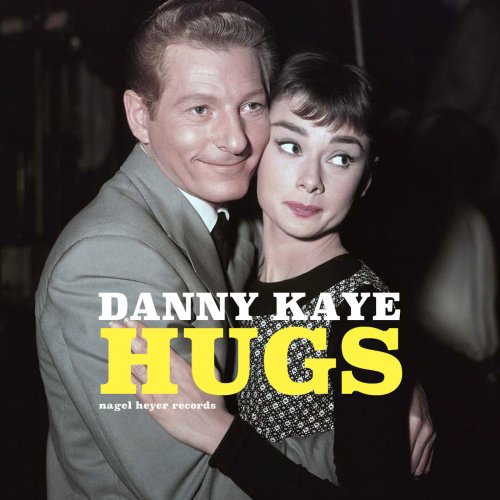
Artist: Danny Kaye
Title: Hugs - Winter Love
Year Of Release: 2017
Label: nagel heyer records
Genre: Pop, Jazz
Quality: FLAC (tracks)
Total Time: 1:19:18
Total Size: 361 MB
WebSite: Album Preview
Tracklist:Title: Hugs - Winter Love
Year Of Release: 2017
Label: nagel heyer records
Genre: Pop, Jazz
Quality: FLAC (tracks)
Total Time: 1:19:18
Total Size: 361 MB
WebSite: Album Preview
01. No Two People
02. Civilization
03. Eat, Eat, Eat
04. Let's Not Talk About Love
05. Jenny
06. The Five Pennies Saints
07. Snow
08. Mad Dogs and Englishmen
09. Anywhere I Wander
10. The Babbitt and the Bromide
11. The Ugly Duckling
12. Anatole of Paris
13. Tubby the Tuba
14. Beatin', Bangin' 'n' Scratchin'
15. Santa Claus Looks Like My Daddy
16. Dinah
17. Tchaikovsky and Other Russians
18. Thumbelina
19. Oh, by Jingo
20. Bloop Bleep
21. The Woody Woodpecker Song
22. Inchworm
23. Minnie the Moocher
24. White Christmas
25. How D'ye Do and Shake Hands
26. Wonderful Copenhagen
27. Ballin' the Jack
A gifted mimic and peerless physical comedian, Danny Kaye ranked among America's most popular entertainers in the years during and following World War II. Rubber-faced and manic, he rose to stardom in film and in television, on record and on Broadway, easily adapting from outrageous novelty songs to tender ballads; for all of his success as a performer, however, his greatest legacy remains his tireless humanitarian work -- so close were his ties to the United Nations International Children's Emergency Fund (UNICEF) that when the organization received the Nobel Peace Prize, Kaye was tapped to accept it.
Born David Daniel Kominsky on January 18, 1913, in Brooklyn, NY, he dropped out of high school at the age of 14 to hitchhike with his friend Louis Elison to Florida, where the duo sang for money. Upon returning to New York they teamed in an act dubbed Red and Blackie, later working as "toomlers" (i.e., creators of tumult, or all-around entertainers) on the borscht-belt circuit in the Catskills. In 1933 he joined the Three Terpsichoreans' vaudeville act, performing for the first time as "Danny Kaye"; after touring the country in the stage revue La Vie Paree, the troupe sailed to the Orient in 1934. In Japan and China, Kaye developed his pantomime and face-making techniques; he also began singing in gibberish, allowing only the occasional word to be rendered intelligible.
After returning stateside in 1936, Kaye worked with comedian Nick Long, Jr., and toured with Abe Lyman's Band before journeying to London to play the city's cabaret circuit. The trip proved unsuccessful, and soon Kaye was back in New York; there he met pianist and songwriter Sylvia Fine, who became not only his performing partner but also his wife. Fine wrote many of Kaye's best-known songs, including "Stanislavsky," "Pavlova," and "Anatole of Paris"; much of the material he then performed on Broadway in The Straw Hat Revue, which opened in 1939. Kaye subsequently appeared in Moss Hart's The Lady in the Dark in what became a star-making performance; he then moved on to Cole Porter's Let's Face It! before touring in support of the war effort, where he sold about one million dollars in bonds over a period of just six months.
Kaye made his feature film debut in 1944's Up in Arms. The following year he began hosting his own CBS radio program, launching a number of hit songs including "Dinah," "Tubby the Tuba," "Minnie the Moocher," "Ballin' the Jack," "Bloop Bleep," and "Civilization"; "I've Got a Lovely Bunch of Coconuts," his lone U.S. chart hit, was released in 1950. In 1947 he starred in The Secret Life of Walter Mitty, arguably his definitive screen role; following an appearance in 1948's A Song Is Born, he made a triumphant return to London, appearing in a series of record-breaking performances at the Palladium as well as several Royal Command performances. Kaye then went to Canada in 1950, becoming the first solo performer to star at the Canadian National Exhibition, before returning to Britain in 1952 for a tour of the nation's provincial music halls.
Amid this flurry of activity Kaye continued his film career, and after completing 1951's On the Riviera he began work on Hans Christian Andersen, one of the most successful motion pictures in the history of MGM Studios; two of its Frank Loesser-penned songs, "The Ugly Duckling" and "Wonderful Copenhagen," reached the Top Five on the U.K. pop charts. In 1954, Kaye appeared in both Knock on Wood and White Christmas; after 1956's The Court Jester, he starred as 1920s cornet player Red Nichols in 1958's The Five Pennies, appearing with Louis Armstrong. From 1963 to 1967, he hosted his own television variety program, The Danny Kaye Show, before returning to Broadway in 1969 in The Madwoman of Challiot. A year later, he starred in the Richard Rodgers and Martin Charnin musical Two by Two.
In the 1970s and 1980s, Kaye regularly conducted classical orchestras; he also appeared frequently on television, winning an Emmy for 1975's Danny Kaye's Look-In and the Metropolitan Opera, produced for CBS' Festival of Lively Arts for Young People series. He also starred in small-screen productions of Pinocchio and Peter Pan. From the early '50s on, however, much of Kaye's time was spent in support of UNICEF, and he served as the charitable organization's ambassador-at-large for 34 years. Awarded a Special Oscar in 1954, he also received the Academy of Motion Picture Arts and Science's Jean Hersholt Humanitarian Award in 1982. After suffering a heart attack, Kaye died on March 3, 1987; he was 74 years old. ~ Jason Ankeny
Born David Daniel Kominsky on January 18, 1913, in Brooklyn, NY, he dropped out of high school at the age of 14 to hitchhike with his friend Louis Elison to Florida, where the duo sang for money. Upon returning to New York they teamed in an act dubbed Red and Blackie, later working as "toomlers" (i.e., creators of tumult, or all-around entertainers) on the borscht-belt circuit in the Catskills. In 1933 he joined the Three Terpsichoreans' vaudeville act, performing for the first time as "Danny Kaye"; after touring the country in the stage revue La Vie Paree, the troupe sailed to the Orient in 1934. In Japan and China, Kaye developed his pantomime and face-making techniques; he also began singing in gibberish, allowing only the occasional word to be rendered intelligible.
After returning stateside in 1936, Kaye worked with comedian Nick Long, Jr., and toured with Abe Lyman's Band before journeying to London to play the city's cabaret circuit. The trip proved unsuccessful, and soon Kaye was back in New York; there he met pianist and songwriter Sylvia Fine, who became not only his performing partner but also his wife. Fine wrote many of Kaye's best-known songs, including "Stanislavsky," "Pavlova," and "Anatole of Paris"; much of the material he then performed on Broadway in The Straw Hat Revue, which opened in 1939. Kaye subsequently appeared in Moss Hart's The Lady in the Dark in what became a star-making performance; he then moved on to Cole Porter's Let's Face It! before touring in support of the war effort, where he sold about one million dollars in bonds over a period of just six months.
Kaye made his feature film debut in 1944's Up in Arms. The following year he began hosting his own CBS radio program, launching a number of hit songs including "Dinah," "Tubby the Tuba," "Minnie the Moocher," "Ballin' the Jack," "Bloop Bleep," and "Civilization"; "I've Got a Lovely Bunch of Coconuts," his lone U.S. chart hit, was released in 1950. In 1947 he starred in The Secret Life of Walter Mitty, arguably his definitive screen role; following an appearance in 1948's A Song Is Born, he made a triumphant return to London, appearing in a series of record-breaking performances at the Palladium as well as several Royal Command performances. Kaye then went to Canada in 1950, becoming the first solo performer to star at the Canadian National Exhibition, before returning to Britain in 1952 for a tour of the nation's provincial music halls.
Amid this flurry of activity Kaye continued his film career, and after completing 1951's On the Riviera he began work on Hans Christian Andersen, one of the most successful motion pictures in the history of MGM Studios; two of its Frank Loesser-penned songs, "The Ugly Duckling" and "Wonderful Copenhagen," reached the Top Five on the U.K. pop charts. In 1954, Kaye appeared in both Knock on Wood and White Christmas; after 1956's The Court Jester, he starred as 1920s cornet player Red Nichols in 1958's The Five Pennies, appearing with Louis Armstrong. From 1963 to 1967, he hosted his own television variety program, The Danny Kaye Show, before returning to Broadway in 1969 in The Madwoman of Challiot. A year later, he starred in the Richard Rodgers and Martin Charnin musical Two by Two.
In the 1970s and 1980s, Kaye regularly conducted classical orchestras; he also appeared frequently on television, winning an Emmy for 1975's Danny Kaye's Look-In and the Metropolitan Opera, produced for CBS' Festival of Lively Arts for Young People series. He also starred in small-screen productions of Pinocchio and Peter Pan. From the early '50s on, however, much of Kaye's time was spent in support of UNICEF, and he served as the charitable organization's ambassador-at-large for 34 years. Awarded a Special Oscar in 1954, he also received the Academy of Motion Picture Arts and Science's Jean Hersholt Humanitarian Award in 1982. After suffering a heart attack, Kaye died on March 3, 1987; he was 74 years old. ~ Jason Ankeny
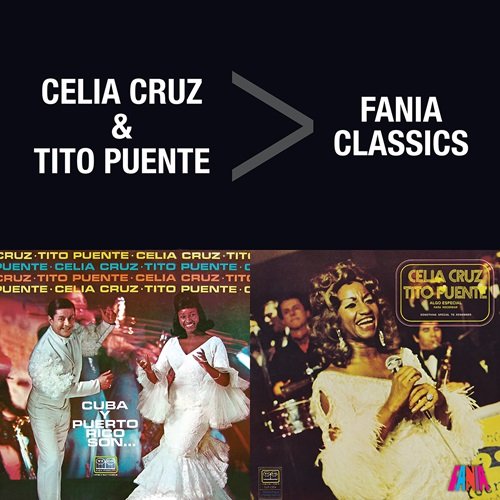
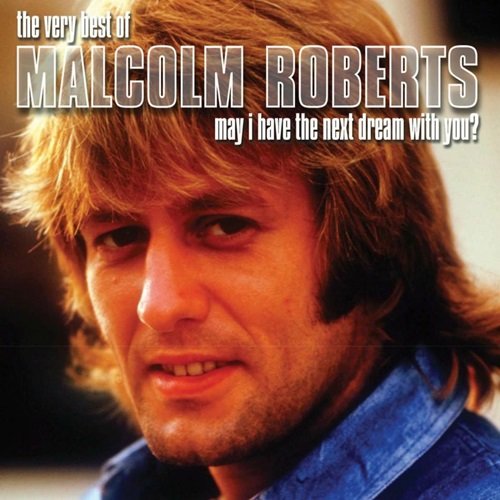
![Yazz Ahmed - A Paradise In The Hold (Remixed) (2025) [Hi-Res] Yazz Ahmed - A Paradise In The Hold (Remixed) (2025) [Hi-Res]](https://img.israbox.com/img/2025-11/30/c5pygkxawvzteiwnwoathn7eb.jpg)
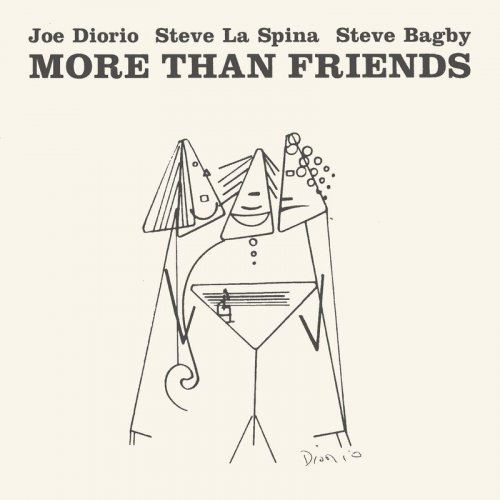
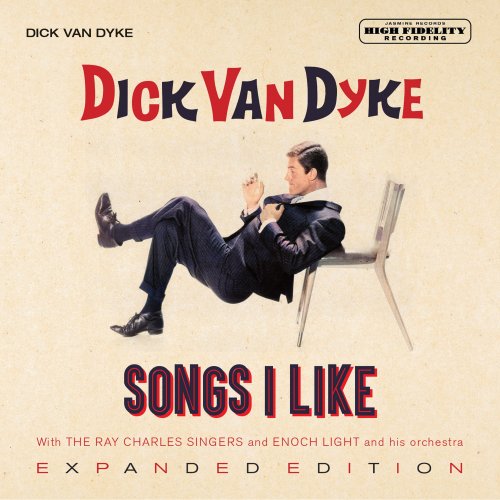


![Lennart Ginman, Thomas Blachman, Carsten Dahl - Play Ballads (2025) [Hi-Res] Lennart Ginman, Thomas Blachman, Carsten Dahl - Play Ballads (2025) [Hi-Res]](https://www.dibpic.com/uploads/posts/2025-12/1764687057_folder.jpg)
